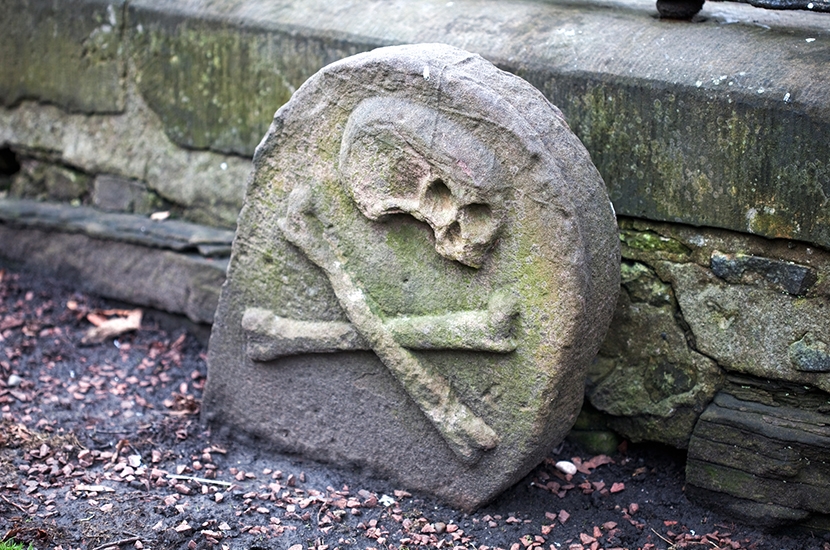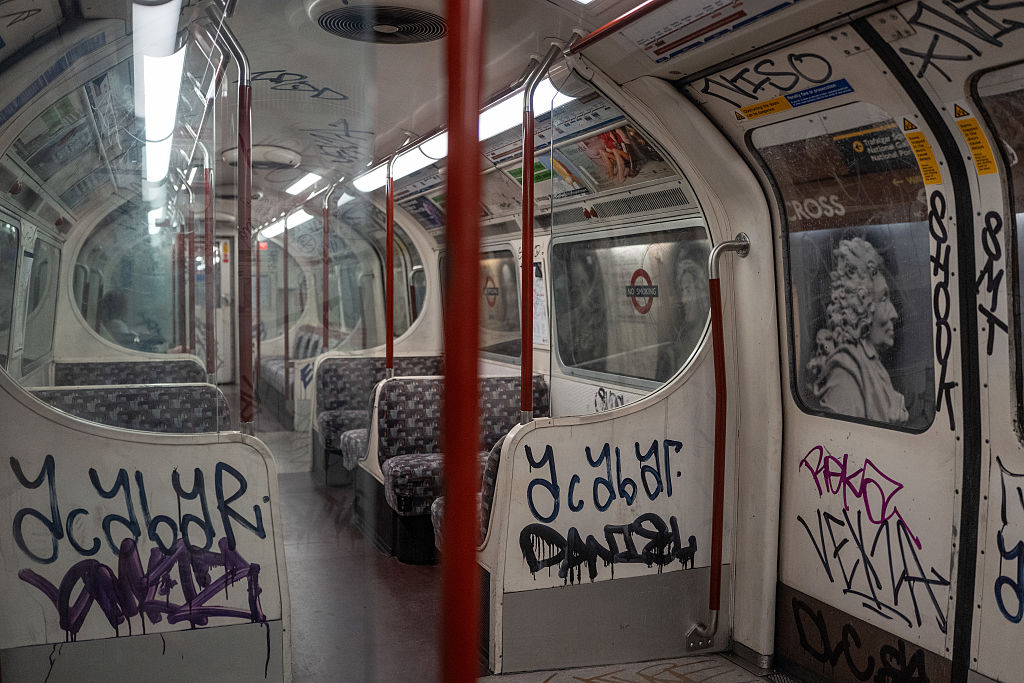Locked contentedly into the rhythms of farming life and digging for lead on its Derbyshire Peak District slopes, the village of Eyam lay blissfully unaware of what was about to hit it, and propel it into the history books for ever. The Viccars family, the Revd William Mompesson and his family, Elizabeth Hancock and her six children, 350 villagers at least…none had any inkling.
London existed in most minds only through talk in the public house, stories from traveling merchants and perhaps the first periodicals beginning to circulate in England. The metropolis was half a world away, a foreign place, a foreign culture.
News of the plague we now call bubonic will at first have been more of a curiosity than a concern. What became known as the Great Plague had struck London earlier in that year of 1665, but it was hardly the first epidemic England had seen. To the villagers of Eyam (pronounced ‘eem’) this may have looked like one more story to add to the stories of other countries told by firesides and candlelight. When you said you were going to ‘another country’ you didn’t mean abroad: a usage now almost dead, lingering only in expressions like ‘the West Country’ and ‘North Country accent’. London was another country.
And — do you know? — London still feels a bit like that, another country, from where I write, a few miles from Eyam.
Another country, that is, until three centuries ago a simple order of cloth from London bridged the divide and brought Eyam out of the safety of seclusion and into the new world of global interconnectivity, contagion and infection, writing its own chapter in the history books.
Patient Zero was George Viccars, the tailor’s assistant. In August 1665 the tailor received a consignment of cloth from London. Within three weeks, Viccars and his entire household were dead, and by the end of the year 42 villagers had died. Probably the cloth was infested with plague-carrying rat fleas. No science, however, existed to explain such things, nor how to prevent the disease from spreading. Through fear and instinct alone, Eyam discovered social distancing — but for a whole village. A first sign of infection was for sufferers the sweet scent of their own organs rotting internally, and — the right conclusion from the wrong evidence — this helped persuade villagers that the disease could be transmitted through proximity. Fleas were not suspected, but the air was; and keeping your distance became the advice. That winter Eyam’s micro-epidemic abated. As summer (more rats, more fleas) arrived in 1666, it returned with a vengeance.
What to do? Surrounding areas were unaffected. The role of what we now call ‘the science’ was taken then by ‘the Church’. Christianity knew about plagues: the Bible was full of them. Churchmen saw the danger of spread across Derbyshire — so far avoided — and the villagers, guided by their vicar William Mompesson and the former Puritan minister Thomas Stanley, decided on self-sacrifice: they would isolate together from the whole world.
From the summer of 1666, none were to pass a stone boundary half a mile outside the village. Food was left there by outsiders, with the support of the local Earl of Devonshire. Money, deposited in sterilizing vinegar, was taken as payment. Of course, some had tried to flee. There are sad stories of lovers meeting lovers in no-man’s-land; but everybody knew everybody (they still do in rural Derbyshire) and suspected carriers and code-breakers were rejected with physical force and intense social pressure.
Richer locals, it was complained, had managed to relocate when the outbreak first arrived; poorer miners and farmers were trapped. There were no handouts: those who could do so just kept working. Nobody talked of the R-number but there was a belief that if the village could go three weeks without a death, then the plague, still living in the air for that time, would be exterminated. They were so close to being right, but they reckoned without fleas. Mompesson himself avoided death, but his letter of September 1, 1666 shows he did not avoid its touch:
‘This is the saddest news that ever my pen did write! The Destroying Angel, having taken up his quarters within my habitation, my dearest Dear is gone to her eternal rest, and is invested with a crown of righteousness, having made a happy end. Indeed, had she loved herself as well as me, she had fled from the pit of destruction with her sweet babes, and might have prolonged her days, but that she was resolved to die a martyr to my interest. My drooping spirits are much refreshed with her joys, which I think are unutterable.’
Elizabeth Hancock survived. Not so her husband and all her children, buried within eight days of each other. Many were surprised that the village gravedigger never succumbed; but I’ve seen a mouse die. The instance the pulse stops, resident vermin scarper like a shot.
Eyam was so much more than decimated: estimates of mortality range between a third and two-thirds of all the inhabitants. Throwing people together both intensified and confined the spread, and Eyam’s experiment does not settle the dispute between ‘herd immunity’ and ‘flatten the curve’ theorists. Herd immunity was what finally ended the epidemic; but at a terrible cost. The final death was of the disease itself. The village, its survivors immune, could safely come out of isolation.
Eyam’s story went largely unnoticed until the 19th century when it was plundered by authors, moralizers and poets for its lessons in heroism and community spirit. Today, visitors to the lovely village, which now profits from its history, see the cosy cottages with their plaques, inspect the great book with its daily record of new deaths through 1665 and 1666, laid open (once we’re allowed in again) in the Parish Church of St Lawrence, and suppose this story to be closed, its facts undisputed and its lessons learned.
But no: even today the facts, the figures, the conclusions, even the motives, remain blurred, contested. The courage of the villagers, their belief in their leaders and the triumph and tragedy, will always invite romanticization; but the truth is messier, cloudier, conflicted.
So it will prove this time too, I believe, three and a half centuries later.
And yes. The same Hancock family. Matt said he wouldn’t mind my mentioning this.
This article was originally published in
The Spectator’s UK magazine. Subscribe to the US edition here.

























